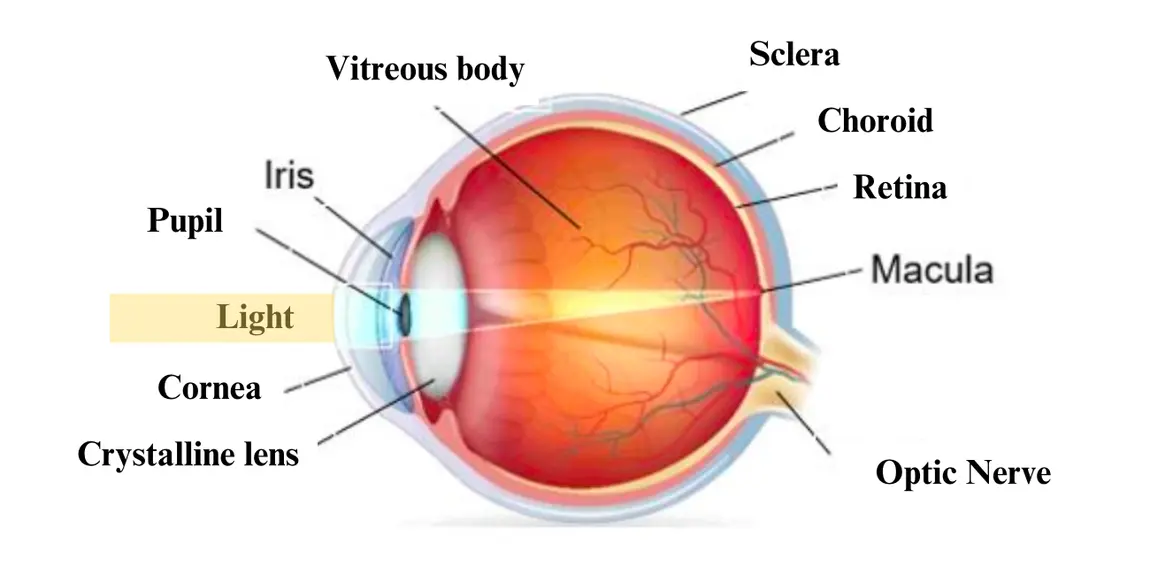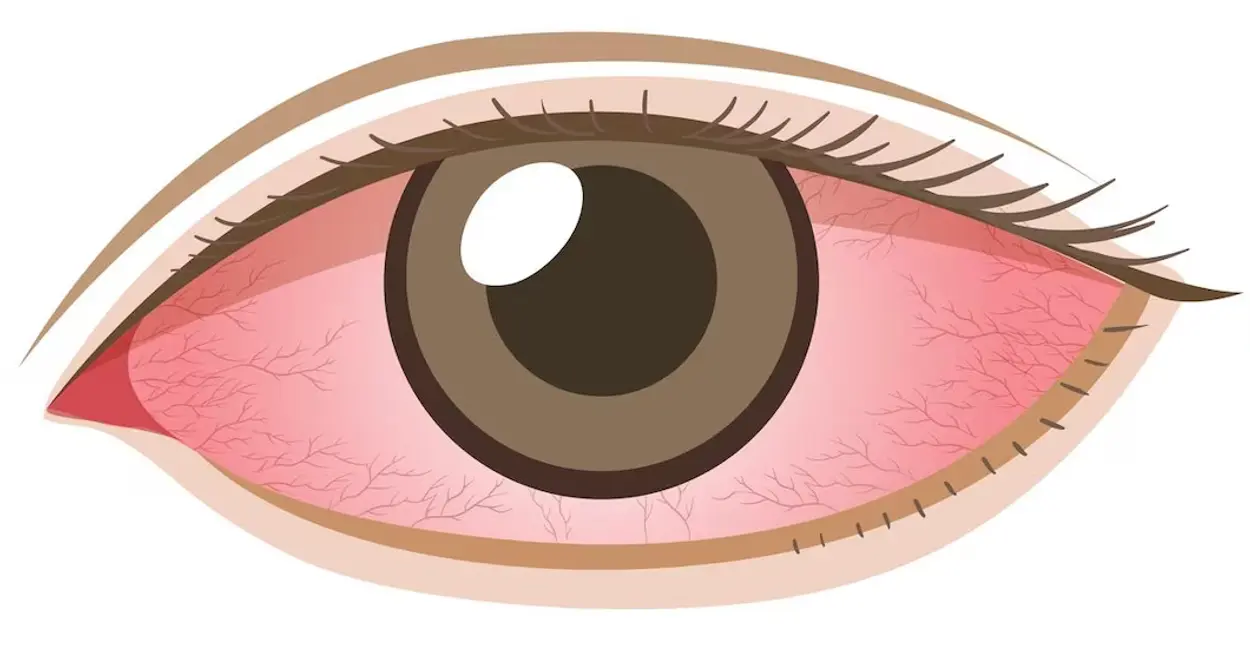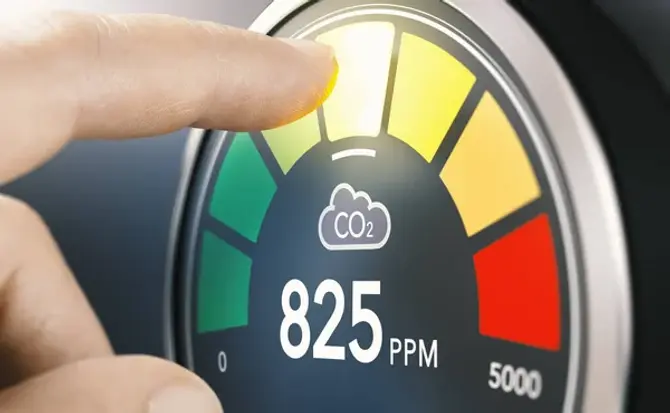The impact of pollution on Age related macular Degeneration (AMD)
Increasing environmental pollution is leading to growing concern about its effects on human health. Among pollution-related health problems, AMD is emerging as a major concern. Recent studies suggest a potential link between exposure to pollution and the development or aggravation of AMD.

Understanding AMD
AMD is a degenerative disease that affects the macula, a small area of the retina responsible for central vision and the perception of fine detail. AMD is the leading cause of vision loss in people over 50. It is divided into two main forms: dry AMD, which progresses slowly, and wet AMD, which is more severe and progresses rapidly. Common risk factors for AMD include age, heredity, smoking, exposure to ultraviolet radiation, a diet low in antioxidants and certain cardiovascular problems.

Figure 1. Anatomy of the human eye
We have published another article where you can learn more about AMD and its risk factors.
Growing pollution
Pollution is linked to three main human activities: the burning of fossil fuels, mainly by industry and transport; the application of synthetic fertilizers and pesticides in agriculture; and the use of chemicals. According to the IPCC, temperatures since 1850 are the highest since the beginning of the millennium, and atmospheric CO2 concentration has reached its highest level in 2 million years.

Figure 2. Pollution from human activities
The Impact of Air Pollution on AMD
Several studies have examined the link between air pollution and AMD, focusing particularly on fine particulate matter (PM2.5) and nitrogen dioxide (NO2). PM2.5 are tiny airborne particles less than 2.5 micrometers in diameter, and NO2 is a gas produced by the combustion of fossil fuels. These fine particles can contain toxic substances such as heavy metals and organic compounds, which can enter the bloodstream via the lungs and reach the eyes, risking damage to retinal tissue.
What is more, air pollution can also accelerate the progression of AMD in people already suffering from the disease.
The oxidative stress and inflammation caused by pollutants can exacerbate retinal damage and contribute to the worsening of AMD symptoms.

Figure 3. Inflammation of the eye triggered by pollution
Environmental Toxins and AMD
Certain environmental toxins, notably heavy metals such as lead and cadmium, have been associated with an increased risk of AMD. These toxins can accumulate in the retina, disrupting cellular function and promoting the development of AMD pathology. In addition, air pollution can make individuals more susceptible to the damaging effects of other AMD risk factors. For example, smokers exposed to air pollution have a higher risk of developing AMD than non-smokers living in polluted environments.
Protective Factors and Mitigation Strategies
Unhealthy lifestyle choices, such as smoking and poor diet, can synergize with pollution exposure to exacerbate the risk and severity of AMD. Studies indicate that individuals living in urban areas with higher pollution levels may be more susceptible to AMD compared to those in cleaner environments.
So,reducing exposure to air pollution is essential to preserving eye health and mitigating the impact of AMD. Here are a few preventive measures you can take:
- Stay informed about air quality: Monitor local air quality indices and avoid spending long periods outdoors when pollution levels are high.
- Use air purifiers: Install high-efficiency particulate air (HEPA) filters in your home and office to reduce indoor air pollution.
- Wear protective eyewear: When outdoors, consider wearing sunglasses or wrap-around glasses to create a barrier between your eyes and pollutants.
- Adopt a healthy lifestyle: Eating a balanced diet rich in antioxidants and nutrients, not smoking and exercising regularly can contribute to overall eye health.
- Support environmental policies: Advocate for regulations and policies to reduce air pollution and protect the environment.


Conclusion
The relationship between pollution and AMD is an emerging area of research. Available data suggest that pollution contributes to the development and aggravation of AMD. Understanding and addressing the impact of pollution on AMD is essential to developing effective preventive measures and management strategies. By advocating environmental regulations and adopting healthier lifestyles, we can reduce pollution. In this way, we can reduce the associated risks, protect our planet and the visual health of future generations.
For more informations about how to act on your lifestyle and have access to tailored recommendation, visit www.macutest.com.
Bibliography
- _L. Liu, C. Li, H. Yu, et X. R. Yang, « A critical review on air pollutant exposure and age-related macular degeneration » , Science of The Total Environment, sept. 2022.
- « Age-Related Macular Degeneration (AMD) | National Eye Institute » .
- *What Is Macular Degeneration ?* (2023, 6 avril). American Academy of Ophthalmology.
- « Chapter 1 — Global Warming of 1.5 C » , Global Warming of 1.5 oC.
- A. Grant, G. Leung, et E. W. Freeman, « Ambient Air Pollution and Age-Related Eye Disease : A Systematic Review and Meta-Analysis » , Investigative Ophthalmology & Visual Science, vol,août 2022.
- « Air pollution linked to higher risk of sight loss from AMD » , ScienceDaily, 21 janvier 2021.
- K.-H. Chang, P.-Y. Hsu, C.-J. Lin, C.-L. Lin, S.-H. H. Juo, et C.-L. Liang, « Traffic-related air pollutants increase the risk for age-related macular degeneration » , Journal of Investigative Medicine, oct. 2019.
- E. W. Wu, D. A. Schaumberg, et S. S. Park, « Environmental cadmium and lead exposures and age-related macular degeneration in U.S. adults : The National Health and Nutrition Examination Survey 2005 to 2008 » , Environmental Research, août 2014
- Ucl, « Air pollution linked to higher risk of sight loss from AMD » , UCL News, 6 mai 2022.
- H. E. Khoo, H. K. Ng, W. S. Yap, H. H. Goh, et H. S. Yim, « Nutrients for Prevention of Macular Degeneration and Eye-Related Diseases » , Antioxidants, 2019